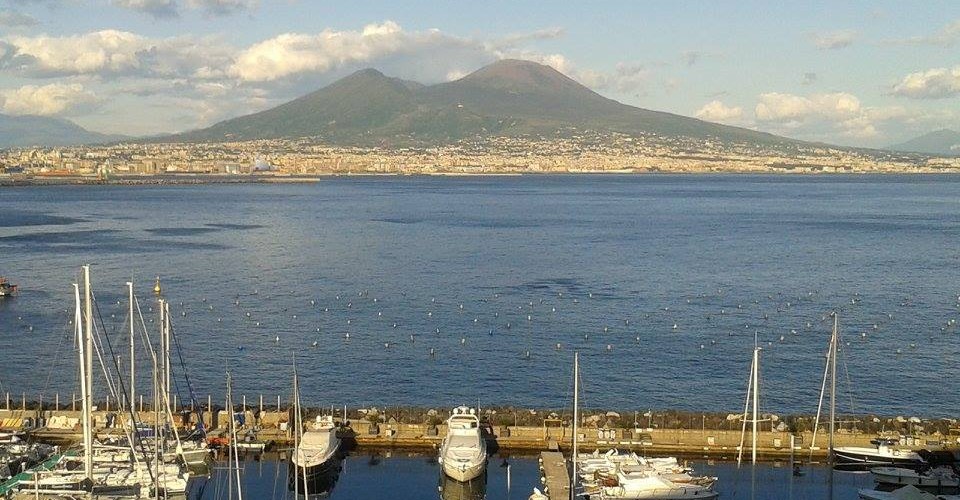"They say that Naples has a great enemy, Vesuvius. Who does not? Elsewhere is a river, perhaps, elsewhere a lake, somewhere the pestilential air.” (Carlo Tito Dalbono)
Vesuvius is an explosive and active volcano, whose last eruption took place in 1944.
As a symbol of Naples, Vesuvius is in the south-eastern side of the metropolitan city, in Campania, in the territory of the National Park established in 1995.
According to data of 2010,Vesuvius height is 1,281 m in a partial cauldron of about 4 km in diameter, which is the remaining part of the former volcano (Mount Somma) that, after the great eruption of 79 A.C., suffered the collapse of the south side, where the current cone and its crater was formed.
The numerous eruptions made the Vesuvian territory extremely fertile and rich in minerals, especially potassium, iron, phosphorus and silica, making these places particularly suitable for the cultivation of vines.
The varieties spread throughout the territory are the Caprettone and the Falanghina, for the white berry, the Piedirosso and the Aglianico, for the red berry

